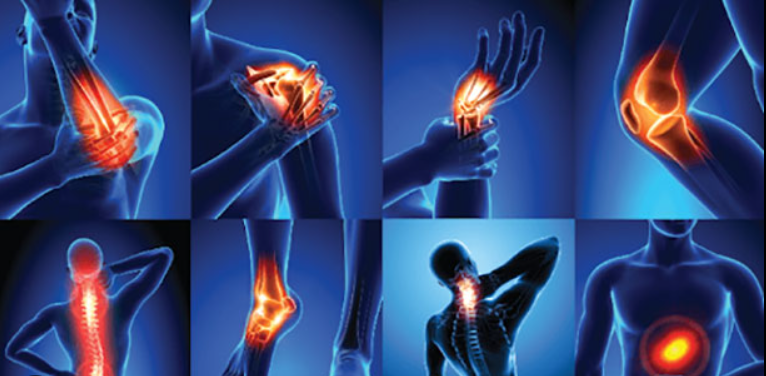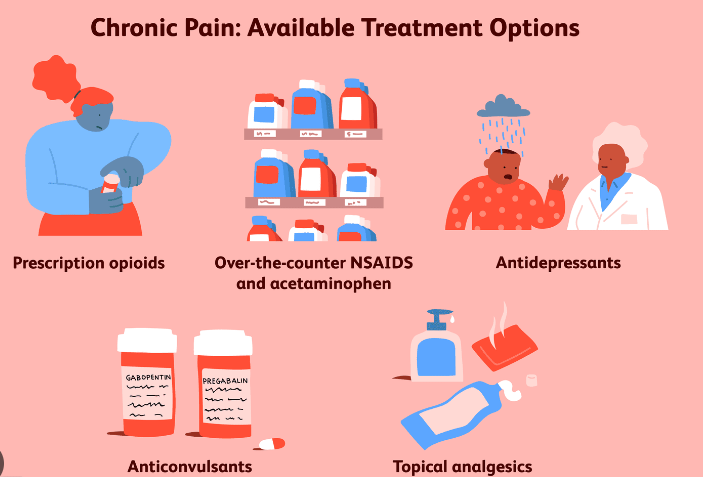While chronic pain is just that, there are ways to address it so that you can get your life back of pain management
Anguish has informational value. Fundamentally, physical discomfort is our body’s way of telling us that something is wrong. When we experience pain, we respond by pulling back our hands quickly from hot surfaces in an attempt to prevent more injuries.
Pain can be felt in a variety of ways. It could feel dull or sharp. Searing or throbbing. Pain can affect any part of the body, from a cut that only slightly hurts to chronic joint pain and even internal pain from illnesses like irritable bowel syndrome that radiates from the intestines and other organs. It can also be greatly influenced by and result in changes in an individual’s emotional state.
Also read-DoT Prohibits The Private Phone Number App Doosra

Types
Many people experience chronic pain. It’s a painful aspect of life that seriously impairs their capacity to function. An estimated 50 million adults in the United States, or more than one in five, are estimated to have chronic pain, which is defined as experiencing pain on most days or every day for the previous six months, according to the Centers for Disease Control and Prevention. Chronic illnesses like arthritis frequently lead to chronic pain.

Many more suffer from what is known as acute pain, which is discomfort that is transient and usually goes away in a few days or weeks due to things like burn injuries or surgical procedures. On the other hand, some people experience acute pain that gradually turns into persistent, chronic pain.

Causes
In the broadest terms, pain falls into three very large categories:
- Acute pain.
- Chronic pain.
- Cancer pain.
The third category encompasses pain resulting from both the cancer and its treatment, which may involve chemotherapy and surgery. According to Dr. Magdalena Anitescu, head of the University of Chicago Medicine’s pain medicine fellowship program and chief of the division of pain management, neuropathic pain resulting from inflammation or injury can occur in post-chemotherapy patients. Chronic illnesses like AIDS, multiple sclerosis, stomach ulcers, and migraines can all be the cause of persistent pain. One of the main causes of persistent pain is arthritis.

What is pain management?
Chronic pain can be debilitating, which is also why experts say it’s important not to delay seeking medical attention when pain persists. While primary care physicians may be able to help initially, often a referral to a pain medicine specialist is warranted.

Treatment
Experts stress that, if they can act quickly enough, pain management professionals can aid in preventing the onset of chronic pain. Not only that, but it also aids in the management of chronic pain for numerous other patients. Pain management techniques can successfully reduce discomfort even in situations where the precise cause of chronic pain is unknown. Living a fuller life can be facilitated by pain management, from returning to work to socializing with loved ones.

Similar to managing a diabetic’s blood sugar, managing pain is the first step toward helping patients become healthier and significantly enhance their quality of life. Pain management strategies also emphasize reducing opioid dependency in light of the issues surrounding opioid addiction and overdoses. “You want to do this to prevent further disability, to prevent being dependent on drugs, to prevent lost work, to prevent depression from chronic pain (and) isolation,” along with other consequences from chronic pain like suicide, according to Dr. Samer Narouze, chairman of the Center for Pain Medicine at Western Reserve Hospital in Cuyohoga Falls, Ohio, and president-elect of the American Society of Regional Anesthesia and Pain Medicine.

Also read-Understanding And Managing Coughs And Colds: Comprehensive Remedies
images source: Google
Disclaimer: The opinions and suggestions expressed in this article are solely those of the individual analysts. These are not the opinions of HNN. For more, please consult with your doctor




































